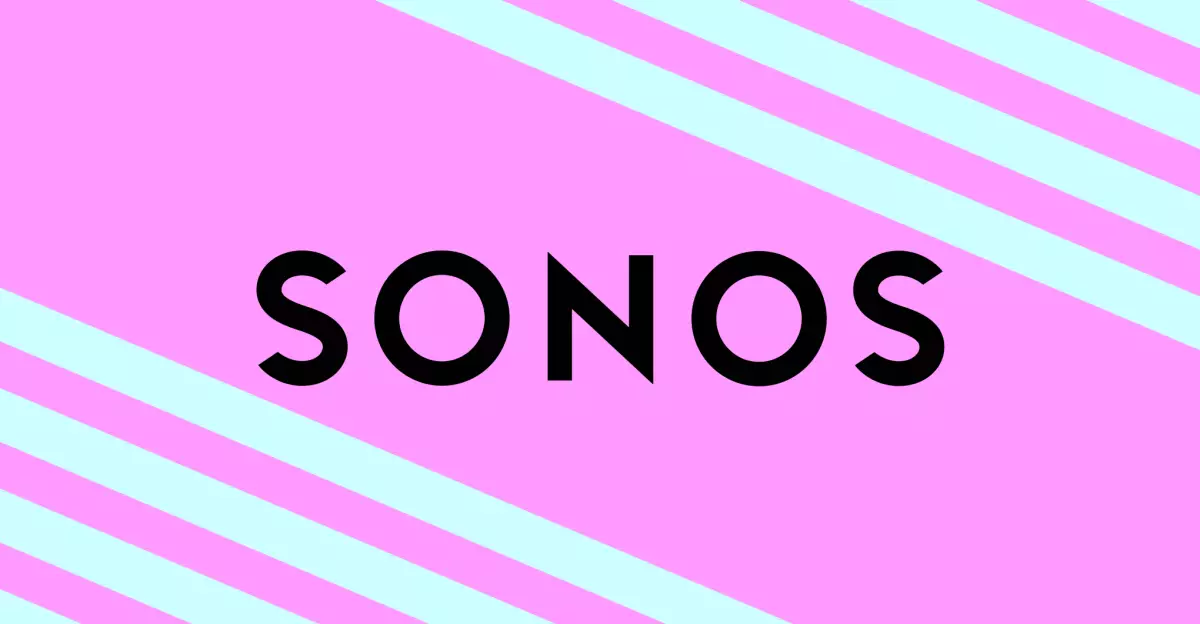Sonos, a brand synonymous with high-quality audio experiences, is engaging in an invigorating dialogue with its users, striving to overhaul its app in the face of criticism. Following a major redesign that sparked discontent among its loyal customer base, Sonos has turned to its users for guidance. Nick Millington, the chief innovation officer, has openly committed to rectifying the issues plaguing the app, stating that the team is “100% focused” on understanding user grievances and enhancing overall functionality. This noteworthy acknowledgment underscores a refreshing trend in tech companies—actively listening to customers instead of crafting products in a vacuum.
User Feedback as a Guiding Light
The approach of synthesizing user feedback is not merely a PR strategy but a foundation for future developments. Millington emphasizes that they are diving deep into every customer complaint, whether minute or significant. This technique not only targets specific problems but also aligns the product’s evolution with the desires of its user community. Communication transparency about their progress is crucial, especially given the historical context of customer dissatisfaction that loomed over the earlier version of the app.
In this juncture, users who have contributed diagnostic data have been invaluable. Their input allowed Sonos to streamline its attention on particular pain points, leading to tangible improvements. The result is an increasingly collaborative relationship between the brand and its consumers, which is heartening to see in an era where many companies often overlook the very voices that fuel their existence.
Progress Despite Hurdles
While optimism abounds about Sonos’ renewed commitment to user satisfaction, the pace of progress is a lingering concern. Millington has informed users of upcoming features in past communications, including alarm snoozing and enhanced queue management. However, the omission of playlist editing remains a glaring oversight that the company has yet to rectify, raising questions about their prioritization process. The expectation from a premium audio experience includes comprehensive control over one’s music, and failing to restore these fundamental features risks alienating users who have come to expect seamless integration.
Moreover, the capabilities to manage local music libraries must not be overlooked. In an age where connection to personal music collections is often denied by streaming dominance, the ability to queue entire folders should be a basic expectation for such a sophisticated platform. In this regard, Sonos may need to reassess its roadmap priorities to ensure that essential user functionalities are not sidelined as they navigate through more complex improvements.
Charting a Collaborative Path Forward
As Sonos moves forward with its app enhancements, one can only hope the narrative continues to pivot towards collaboration rather than mere top-down solutions. Users want to feel like they are more than just customers; they crave recognition as integral partners in the design process. While Millington’s initiatives are a promising start, the true success of Sonos will depend on its ability to balance innovation with comprehensive user demands. Ultimately, the path ahead is not solely about rolling out features but about fostering a culture of responsive evolution grounded in active user engagement. It’s an essential journey that may very well redefine the relationship between tech companies and their consumers in the rapidly changing landscape of audio technology.

